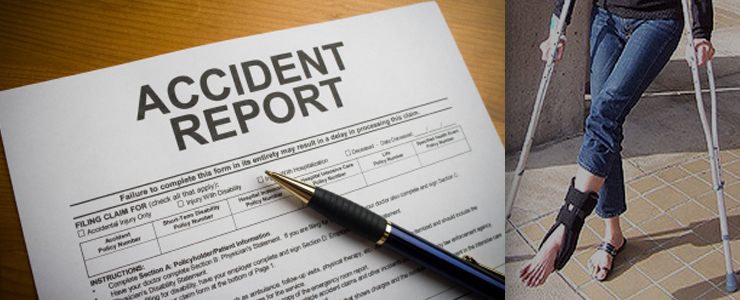The Situation
Your employee is under subcontract to another company to provide on-site safety support during operations. The subcontract is officially in place, your employee has been reporting for duty at the site for a week, and she is under the supervision and safety program of the contracting company. However, your employee is still completing required project training and has not started the actual work assignment yet.
One day, your employee twists an ankle while at the project work site. She is removed from the field so that the injury can be assessed. A compression wrap is applied to prevent swelling, and the employee returns to the site to continue the day’s training.
What Would You Do?
- Is this injury recordable on the OSHA 300 Log?
- If so, which company records it — the contracting company, the resource provider (subcontractor), or both?
What We Would Do
In consultation with 29 CFR Part 1904.7 . . .
First, the injury did not result in death [1904.7(b)(2)], days away from work [1904.7(b)(3)], or restricted work [1904.7(b)(4)], so this would not be a loss or restricted work case. However, it might still be recordable, so keep digging…
Next, we look at the treatment rendered for the injury. In this case, the employee was removed for assessment, and a flexible wrap was applied. Both of these are considered “first-aid” and are, therefore, not considered recordable. [See 29 CFR Part 1904.7(b)(5)(ii), “What is ‘first aid’?”]
Last, we consider whether there was a loss of consciousness (there wasn’t), or if a licensed healthcare practitioner diagnosed this injury as “significant” (they didn’t).
Based on these considerations, we would determine that this would NOT be a recordable injury.
Nevertheless, we would recommend this be considered a “near miss” and that at least one of the companies should determine a root cause to potentially avoid repeating the incident. (Statistics show 30 near misses or less lead to one significant injury.) Additionally, both companies should leverage the event as an opportunity to reinforce the importance of safety consciousness among all staff members.
A Few Distinctions
Restricted Work and Routine Functions
When determining whether or not an employee’s work was “restricted” by the injury, you consider whether they are kept from performing their “routine functions.” OSHA defines “routine functions” as “work activities the employee regularly performs at least once per week.” Since the employee in this situation is currently engaged in training, we would consider the training to be her routine function at the time – not the activities she would be involved with once trained and fully functional on-site.
First-Aid vs. Medical Treatment
Because the wrap around the ankle was flexible in nature, it is considered to be first-aid only. If, however, the ankle had been immobilized using a rigid board or other rigid system, that would be considered “medical treatment” and would be recordable.
Who Records?
If this injury had been recordable, who would record it? OSHA states in 29 CFR 1904.31(a), “You . . . must record the recordable injuries and illnesses that occur to employees who are not on your payroll if you supervise these employees on a day-to-day basis.” Although the employee in this situation was not fully trained nor had full access to the worksite yet, the employee was under the supervision of the contracting company and its safety program. As such, the contracting company (not the resource provider/subcontractor) would record any recordable injuries. Additionally, the two companies should coordinate their efforts “to make sure that each injury and illness is recorded only once” [29 CFR 1904.31(b)(4)].
Note that the employing company should verify that the contracting company actually recorded the incident. In some states, the employing company must record the incident if the managing company refuses to.
Resources
- OSHA Part 1904.7, “Recording and Reporting Occupational Illness and Injuries”
- OSHA Recordkeeping Advisor (decision tree tool)
- OSHA Recordkeeping-Related Letters of Interpretation
Questions?
If you have questions about this information or need assistance for your company, facility, or project, please feel free to contact us.

